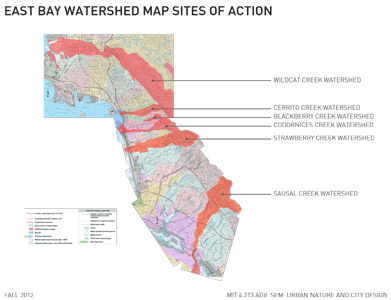Abstract
Depaving is the first step in retrofitting impervious surfaces for green stormwater management. Removing concrete and asphalt allows water to drain directly into soil rather than collect into sewers in order to mitigate flooding and support natural vegetation. Small community action plans for sawing, hammering, prying and recycling these materials bring groups of people together to transform urban spaces into small parks, gardens, or even drainage swales, sometimes contributing directly to daylighting creeks and streams. Depaving can be as small as a sidewalk square to as large as a concrete culvert. This slow process of reviving the hydrological cycle in a sense undoing design thinking during a period of modernization.
These grassroots lead projects have been taking place throughout the USA and now globally with initiative from groups like De-Pave.org, a Portland founded non-profit dedicated to the cause. However, without the proper support and interface with municipal agencies, these guerrilla operations can be short lived or even viewed as vandalism. The translation from activism to government support is crucial for long term effect and transformation.
This report compares five “de-paving” projects that trace the development of stream restoration through both grassroots labor as well as commercial and government partnership in order to integrate a bottom up and top down approach to improving streams and restoring natural hydrological processes. It looks at the slow partnership of the three points of action; community, scientific, and government in an effort to establish a real world scenario of multi-level impact. Each project was proposed or completed in the San Francisco East Bay Watershed Region.
Strawberry Creek and Codornices Creek in Berkeley, California have been sites of intervention since Richard Register started his EcoCity movement in 1987. The projects included creek daylighting, adjacent depaving for parks and gardens and now a full proposal for Center Street Plaza passed by the City of Berkeley in 2010 and designed by Walter Hood Landscape Architect. This report will trace the evolution of community partnerships, funding channels, permitting, and continued maintenance schedules to understand the feasibility of long term sustainability for community de-paving. In so doing, I hope to present a best practices model for top down and bottom up for small scale urban interventions that are community driven and government supported as well as challenge the definition of Urban nature and restoration.
Case Studies:
